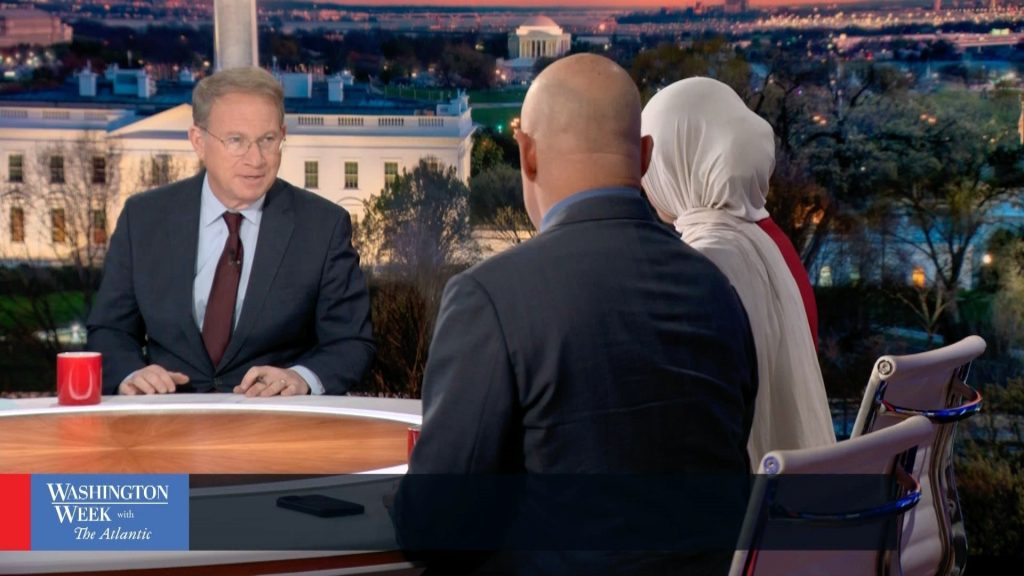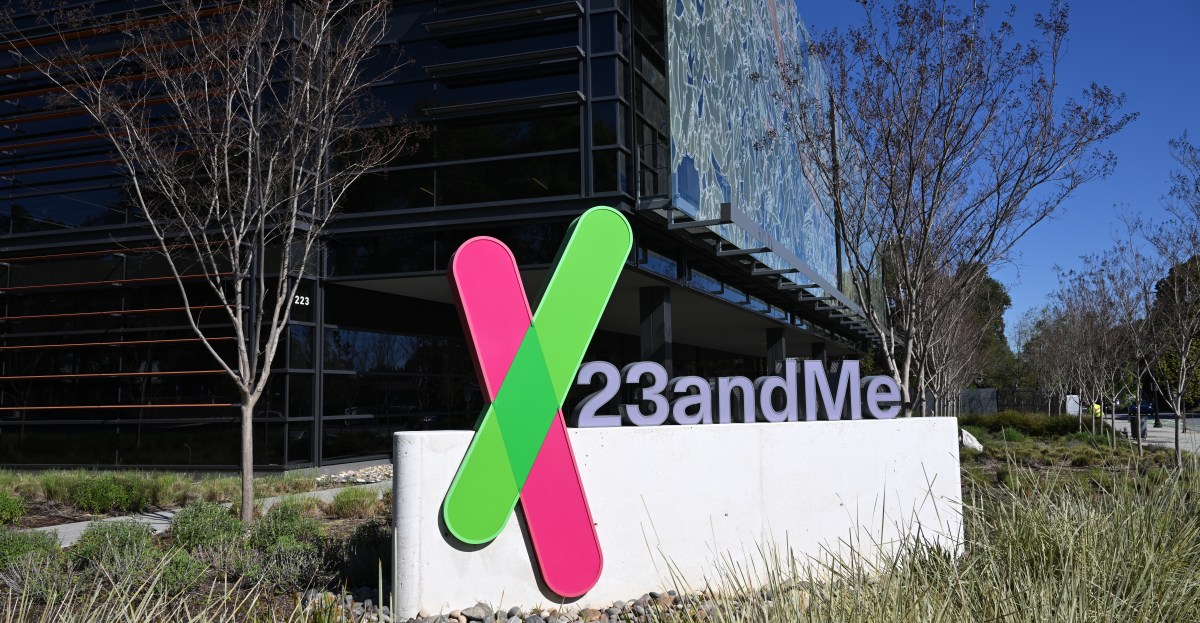Now Reading: Trump is hoping to quietly gut the social safety net
-
01
Trump is hoping to quietly gut the social safety net
Trump is hoping to quietly gut the social safety net

President Donald Trump’s latest budget plan has two main points: it would increase funding for Homeland Security and the Department of Defense but reduce support for social services which could negatively impact many people living in poverty. However, it is crucial to remember that this budget is merely a proposal to Congress and is not likely to become law. Despite this, the proposal could influence the focus of Republican lawmakers during negotiations and sheds light on Trump’s priorities.
Trump’s budget aims to cut $163 billion, affecting education, housing, and health programs, especially those aiding low-income individuals. Notably, Social Security, Medicare, and Medicaid are not included in the cuts as they fall under mandatory spending. Trump is aware of the political ramifications of reducing these programs and has pledged to address waste and fraud instead. The proposed budget reflects his intention to revamp the social safety net cautiously to avoid backlash.
The budget suggests significant cuts to Housing and Urban Development, particularly in rental assistance programs. It also proposes converting federal rental assistance into block grants, potentially altering how these funds are utilized. This shift mirrors past welfare reform efforts, such as the creation of Temporary Assistance for Needy Families in 1996, which allowed states more flexibility but led to diversion of funds. The budget’s approach may jeopardize direct benefits to renters, affecting their housing stability.
Additionally, Trump’s budget targets the Low-Income Home Energy Assistance Program (LIHEAP), proposing a $4 billion cut which essentially seeks to eliminate the program. LIHEAP plays a vital role in assisting millions of families with energy bills and home improvements, making it a lifeline for many vulnerable individuals, including seniors and people with disabilities.
Although Trump’s budget is unlikely to pass as is, it underscores ongoing challenges in America’s social safety net. Insufficient funding and accessibility issues plague programs like LIHEAP and rental assistance, hindering their effectiveness. While Trump’s proposals may not materialize, they highlight the vulnerabilities of low-income families in the current system.






